Karera ga Honki de Amu toki wa (Close-Knit): An interview with director Naoko Ogigami
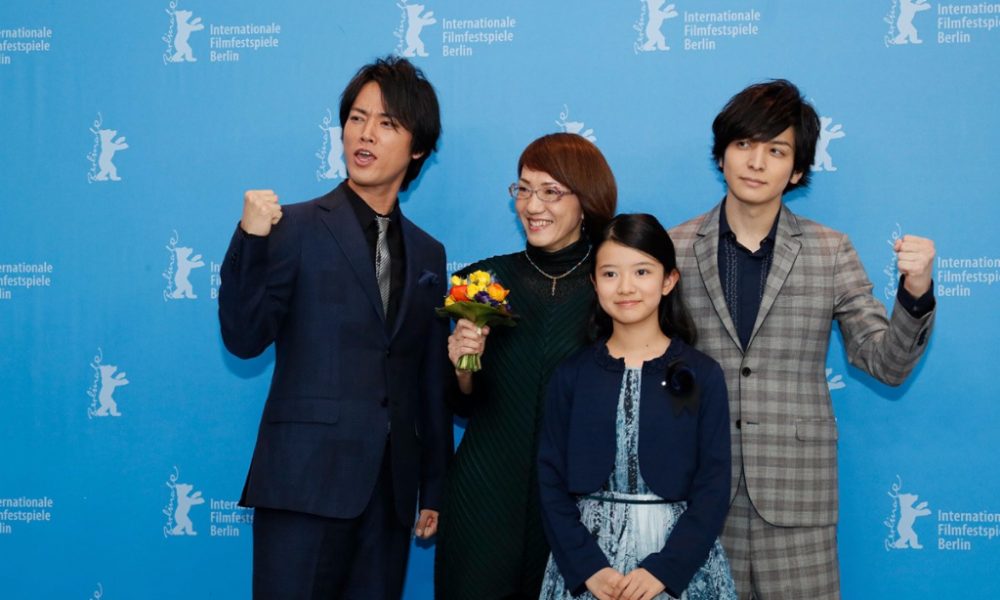
After the world premiere of Naoko Ogigami’s sublime film Karera ga Honki de Amu toki wa (Close-Knit), The Upcoming sat down with the director to discuss the current situation of transsexuals in Japan and what motivated her to share such a personal story. Close-Knit is a beautifully shot film about 11-year-old Tomo, left abandoned by her mother, who finds a surprising mother figure in her uncle Makio’s transsexual partner, Rinko.
At the premiere, they said that it was your birthday. Happy birthday! The film was gorgeously shot and the script was very funny and touching. What did you want to convey in that first scene with Tomo folding her mother’s bra?
Thank you. It was kind of a fancy bra, so Tomo was thinking that maybe her mom has a boyfriend now.
It was funny that Rinko’s mother asked 11-year-old Tomo a few times if her breasts were growing.
Yeah, that was just her character.
It’s strange when a movie never shows characters eating and drinking. Your film focused a lot on food and beer. Can you talk about that?
I wanted to describe people’s everyday, usual life. We have three meals a day, so the scenes of them eating food is natural.
What about the emphasis on Rinko enjoying beer so much?
It’s because I love beer. There is a line where she and Makio both say, “The inventor of beer deserves a Nobel Prize”. That’s my opinion.
What is your favourite beer?
I love German beer. White beer (Weizen). Japanese beer is also good.
What is the current situation for transsexuals in Japan?
It’s so hard for sexual minorities to come out of the closet in Japan. Japan is a very conservative country. But we have transgender TV stars and very famous gay stars who wear women’s dresses. Transvestites. And we have some, not so many, sexual minority stars and people enjoy watching them and like them very much. But people don’t want to have a transgender person or LGBT person in their family or as neighbours.
So from a distance it’s okay?
Or in a bar or nightclub it’s fine, but not in their families. I think that’s the situation. And then it’s still hard to come out of the closet.
Hopefully this film opens people’s eyes and they will become more accepting. You mentioned that there are some transgender and transvestite stars in Japan right now. Did you ever consider casting any of them in Rinko’s role?
They are comedians. I researched transgender actors and I found two of them in Japan, only two. And they are not good enough, so I had to use the actor who can play this role.
But you know, I had a Q&A today. I got a question where a lady said that a transgender actor must play a transgender part, you know that kind of movement. I hoped for that, but it was impossible. Another lady had an opinion against her, that transgender actors can play a woman or man, or a man can play transgender or a woman can play a man, you know this idea.
That’s acting.
Yeah, right it’s acting. It doesn’t matter the sex, it doesn’t matter.
As long as it’s an honest portrayal. So how did you come up with the idea for this story?
I had lived in Los Angeles in my 20s. I had a gay friend, a lesbian friend, a transgender friend. And once I came back to Japan I couldn’t find any. And I always felt weird about that. Then two years ago I read a newspaper article about a transgender woman and when she was 14 she told her mother she wanted boobs, she wanted to be a girl. And then her mother made her fake boobs. That episode really inspired me a lot. I met her mother and was so interested in her, the mother. I had a story about her and then I developed it.
Did the mother also, like Rinko’s mother in the film, create the breasts by knitting?
No, no knitting.
Where did you come up with the idea for knitting?
Actually, I found a book in the bookstore about a Norwegian gay couple who are knitting artists. The photo of the gay couple knitting in front of their Norwegian house was so cute and a wonderful moment. That inspired me. I researched about knitting and there are some art movements of knitting. Knitting is the image for old grandmothers but some artists wanted to break that image and covered cars.
Yes, I saw that in New York.
I thought I want the main character to knit something special, not like a sweater, gloves or socks. So, I spent my time at a cafe for six or seven hours a day, for two to three weeks until I got an idea.
Who knitted the 108 penises? Did everybody in the cast help out?
Well, the art department, the art department’s mothers, their sisters, whatever relatives, lots of people were knitting together. The little girl knitted. But the guys not really. Rinko, the main character she did a little.
I was a little sad to see them all go up in flames. Did you actually burn all 108?
More than that actually. They tried twice. It didn’t go well the first time.
Tomo’s friend, her gay classmate, attempted suicide, which was heartbreaking. Can you tell me a little more about his story?
Well, I researched about LGBT people, and I found a blog about one guy. He was actually writing a letter to his lover, and his mother found it so he committed suicide. So I used that example.
It really felt as if your script drew from real experiences. How did you cast the young actors, in particular Tomo?
Auditions. I saw over two hundred girls and she was the best. I’m so glad I found her.
It was so lovely seeing you two on the red carpet, holding hands, and it seemed that you had a motherly/auntie relationship with her. How was it working with such a young actress?
She is a little girl, but still she has a good sense. I treated her like an adult, not like a child at all. And also in the beginning she had notes: this scene has this feeling and that scene has this other feeling. And she showed me. She asked if it was correct or not. I told her that all the notes are totally correct but a person’s feeling is not just one thing, you have to think more. You know what I mean? It’s not just one feeling, some other feelings too. Then people act many feelings or sometimes people accidentally act without any feeling. She did a good job.
I really liked the sound design and score. How closely did you work with the sound designer?
Actually, the sound designer did Akira, the animation Akira. So he’s a master of sound. And he’s much older than me. We have to respect him. And he did a really great job. I didn’t have any problems.
You filmed the actors in many long takes and had empty frames with actors moving in and out (with sound often outside of the frame). Can you tell me a little about your style?
Yeah, I always wanted to shoot in one situation, one camera, one take. If I have to cut, then I do but otherwise I always try to do one scene in one take.
I love that about your film. Who are some directors that you admire?
I saw Aki Kaurismäki’s new film The Other Side of Hope a couple days ago, and it was so good, really good. I love his films. I always respected him, admired him and his work. And also his previous films like The Man Without a Past. I think Aki Kaurismäki is my favourite.
Working as a female director in Japan, have you faced any major difficulties?
Not really. Somehow the Japanese people accept female directors, novelists and actresses, but two of my producers are female and they always have a problem. It’s the business side.
So creative females are respected?
Exactly, exactly. From my generation, women directors came out, but before that, over 45 there are not so many women directors. They used to have this sort of discrimination. For me, I’m lucky.
How is this Berlinale different from your other experiences screening here? I believe this is your third or fourth time.
My films got in four times, but I couldn’t come here last time because it was five years ago when I was nine months pregnant with twins – my belly was huge. So last time I visited here was in 2008. Now there are so many transgender or LGBT films compared to the last time. And some people are a little more judgemental about that. My last film in 2008 was more joyful so people were really laughing and enjoyed it. But this time it’s more…a little bit of a dark side, so the reaction was different. And also maybe the world is changing to the dark side. Unfortunately, so maybe that’s why the audience reaction is a little different.
What is the next project that you are working on?
Well, I’m thinking about making a story about people’s ashes. You know, we cremate people. Then we have ashes and we take care of them. After 49 days, we bury the [ashes] in a cemetery, but some people keep it. So I think that cremation and the ashes are my next theme. One of my friends had a boyfriend who died of cancer. Right after she got his [ashes] she started eating them. To get into him, to get…
Keep him with her forever.
Yeah yeah. So that’s the original idea.
Wow, that’s a little dark.
Yeah, but I want to make it a more optimistic film.
I’m sure it will great. Thank you for sitting down with me. Your film was amazing.
Arigato.
Lindsay Bellinger
Read our review of Karera ga Honki de Amu toki wa (Close-Knit) here.
For further information about the 67th Berlin Film Festival visit here.
Read more reviews from the festival here.
Watch the trailer for Karera ga Honki de Amu toki wa (Close-Knit) here:

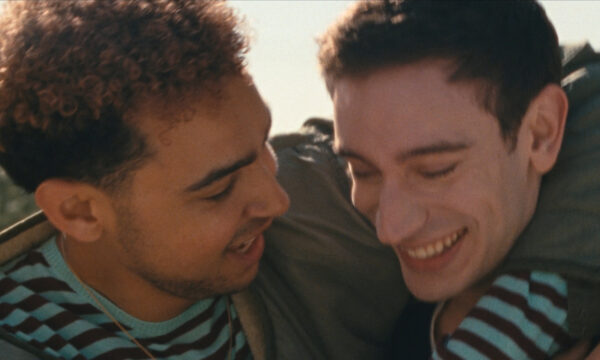
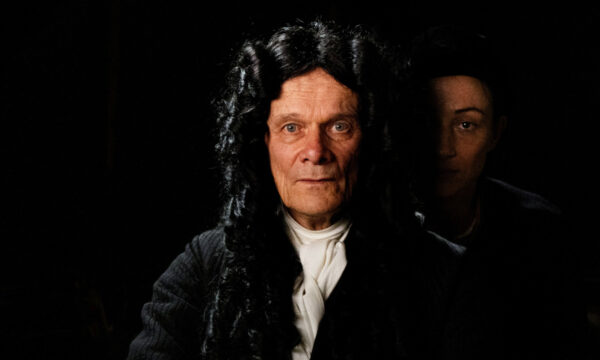
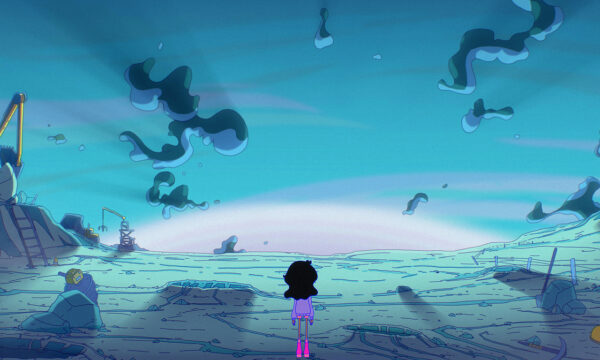
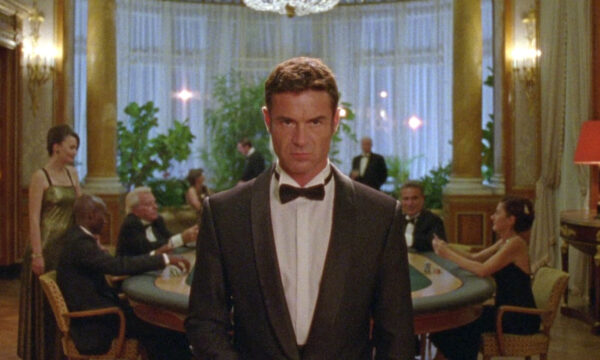
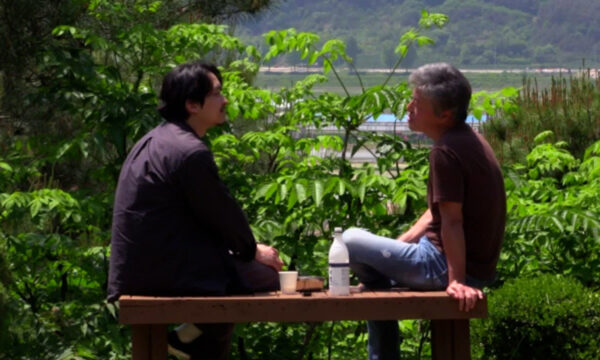
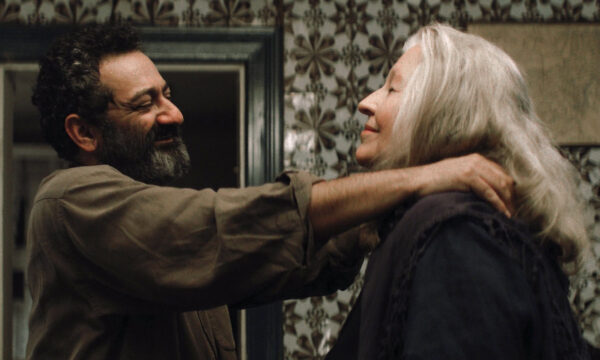
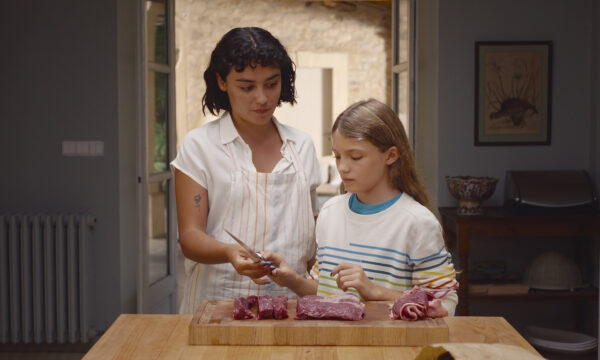
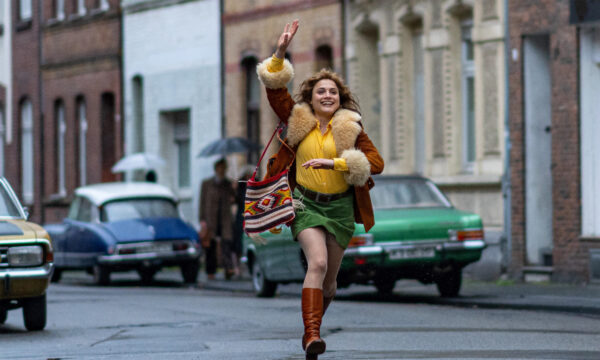
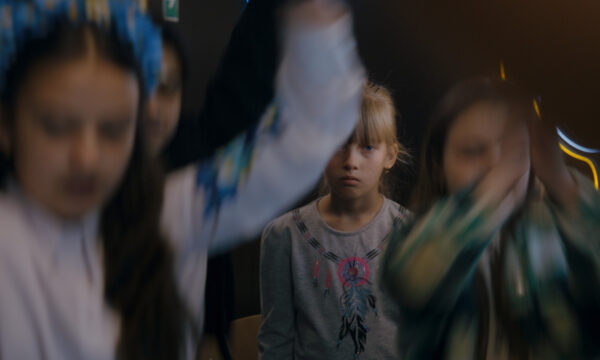

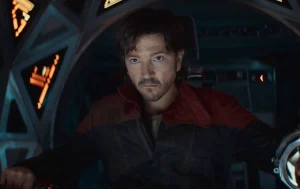




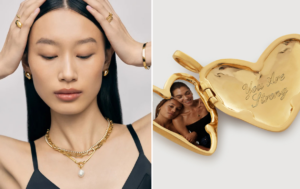



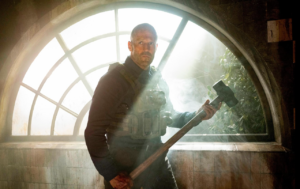
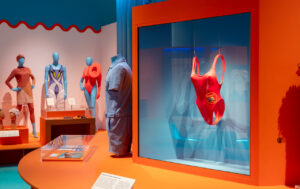
Facebook
Twitter
Instagram
YouTube
RSS